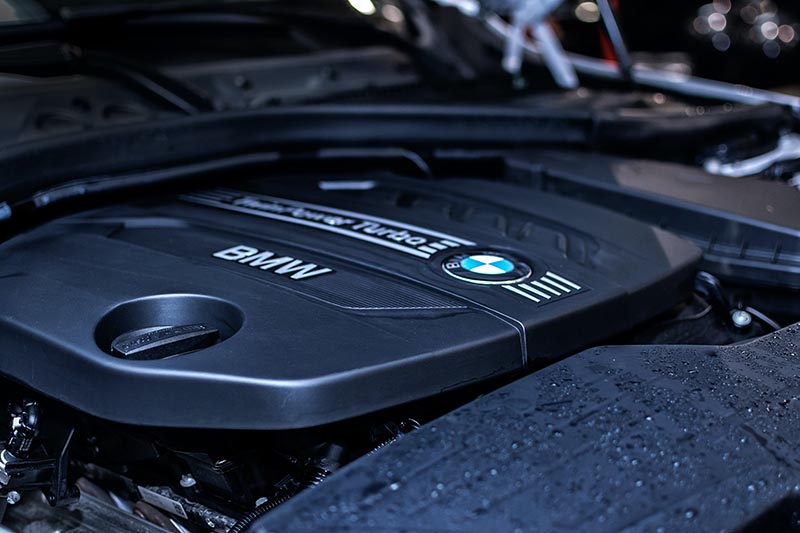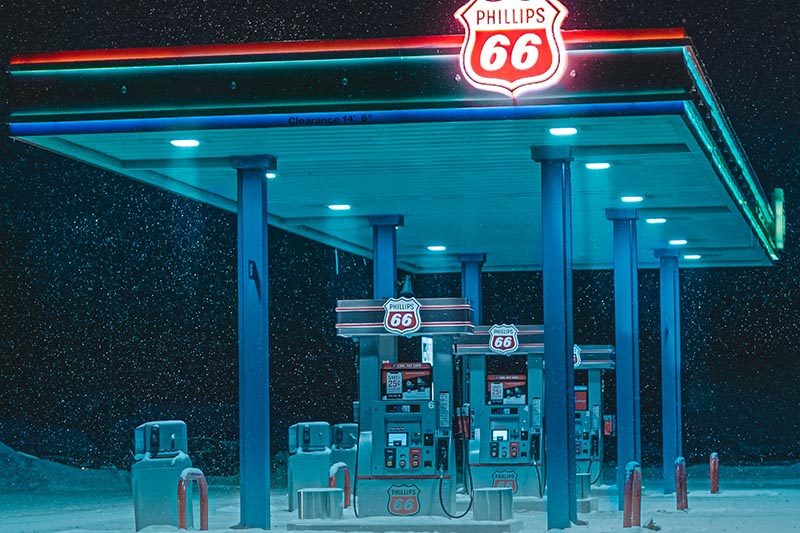
Gasoline quality lags behind needs of direct-injection engines
Electric vehicles (EV) are poised to become the future of personal mobility as an increasing number of countries seek to reduce greenhouse gas (GHG) emissions and commit to bans on the sale of internal combustion engines (ICE). Until such time, we will continue to see rising volumes of smaller displacement turbocharged engines with direct fuel injection systems. These highly efficient machines optimise combustion, play a key role in reducing transportation emissions, and improve the fuel efficiency of the global car fleet.
Gasoline quality directly relates to the performance of ICE vehicles. Over the years, gasoline quality has continued to evolve with new regulations and fuel blend components; lower sulfur concentrations and the use of ethanol as the primary lower carbon intensity oxygenate and octane booster, respectively. However, fuel quality is not the same around the world and some gasoline and gasoline additives can create significant challenges for original equipment manufacturers (OEM) who endeavour to produce high-quality automobiles that meet expectations around durability, performance, and minimal emissions.

Stochastic preignition (SPI), also known as low speed pre-ignition (LSPI), is a limiting factor for optimal combustion efficiency in modern, turbocharged, gasoline direct injection engine technology. SPI is an abnormal combustion phenomenon caused by the ignition of a droplet or particle within the combustion chamber in advance of normal spark ignition. The occurrences are irregular, can cause significant damage to engines and are more likely to be experienced in engines with high effective compression ratios that strive for optimal fuel efficiency and minimal carbon emissions.
Contributing factors to SPI include engine hardware and operating conditions, oil formulation, fuel and fuel additives. OEMs have made hardware changes and the latest engine oil specifications, ILSAC GF-6 with the Sequence IX test and dexos®1 Gen 2, both include greater protection against SPI. However, there are further opportunities to ensure market fuels are less prone to SPI.
Fortunately nowadays, utilising predictive algorithms it is easier to predict the risk of SPI in a particular region or country using market fuel data. A global review of fuel quality, chemistry and trends, presented at the SAE Powertrains, Fuels & Lubricants Conference & Exhibition in Krakow, Poland, in September 2022, paid special attention to the properties and specific compounds from fuel and fuel additives that contribute to deposit build-up and SPI.
The presentation entitled Update on gasoline fuel property and gasoline additives impacts on stochastic preignition with review of global market gasoline quality was delivered by Anke Konzack, division manager, SGS Germany GmbH. The primary author was Dr. Elana M. Chapman, energy & emissions regulatory technical specialist, Emissions, Certification & Compliance, General Motors (GM). The paper highlighted concerns that global fuel quality continues to lag technology requirements for fuel economy in modern engines.
Completed as part of the Worldwide Fuel Survey, the research comprised 780 petrol samples in 98 countries and territories, with samples tested at the SGS laboratory in Speyer, Germany. Formerly the Société Générale de Surveillance, SGS is a leading testing, inspection and certification company that has been engaged in global fuel monitoring for more than 30 years. The survey included fuel data and evaluation based on two groups of parameters—octane boosters and the presence of heavier hydrocarbons impacting a gasoline’s boiling point properties, heavier aromatics contribution, and its Particulate Evaluation Index (PEI).
Several areas of concern were identified due to their likelihood of creating deposits in engines, a known precursor to higher SPI rates. The review outlined the influence of high final boiling points and heavy molecular weight aromatics in SPI events. Test procedure VDA 265 from the Association of German Automobile Manufacturers, “Verband der Deutschen Automobilindustrie,” or VDA, was used to analyse high final boiling point compounds. The authors noted the presence of higher boiling compounds throughout the globe with the Middle East and the Commonwealth of Independent States (CIS)—11 countries from the former USSR, including Russia—demonstrating the highest results. Contamination from diesel compounds was also identified, primarily in the CIS, including Russia, the Middle East, Andean, Oceania, South America and the U.S.A. Final boiling points were analysed using atmospheric distillation of gasoline (ASTM D86). 7% of the testing sample exceeded the highest final boiling point limit for European gasoline quality standard EN228 of 210°C.
Research also detailed the influence of a high PEI on SPI occurrence. Similar to a PMI number, PEI is a method developed by GM to determine soot emissions from an engine based on a fuel’s composition. The lower the soot, the lower the propensity to form engine deposits. OEMs prefer a lower PEI to mitigate SPI events. While most samples delivered a rating of between one and two, many countries presented samples with a PEI of more than two.

SGS emphasised that some gasoline octane rating boosters can promote gums and deposits in engines. Anilines are compounds that are sometimes blended in fuels to boost the octane number. A study conducted in China by Liu Jingdong in 2012 showed that adding aniline-type additives can significantly improve the octane number of gasoline. However, they are associated with a high boiling point and engine deposits. Anilines were detected in all countries, except China, with the highest occurrences in Russia and prevalence in India. CIS, Brazil, Malta, Italy, Columbia, Vietnam, Morocco, UAE and Nepal also demonstrated high aniline amounts. The jury is still out on whether a maximum allowable limit should exist for anilines. Nonetheless, the review encouraged greater attention to the quality of the blended fuel and its impact on consumers’ vehicles and recommended fuel manufacturers work to remove all anilines from market fuels.
Anilines were discovered in more samples than manganese, which is also blended as an octane enhancer in fuels. The Worldwide Fuel Charter, established in 1998 to promote a greater understanding of the fuel quality needs of motor vehicle technologies, has expressed a desire for no methylcyclopentadienyl manganese tricarbonyl (MMT) in automotive fuels. MMT is prohibited in the fuel specifications of most countries. While researchers noted a decrease in manganese in recent years, the mineral was still common in several African countries, South Asia, and the CIS, including Russia. The highest results were detected in Senegal (65 mg/kg), Gabon (59 mg/kg) and Mauritania (49 mg/kg).
Test method ASTM D381 is used to determine the gum content in gasoline by jet evaporation of a 50 ml sample under controlled conditions at 160°C and flow of air. The amount of deposit control additives can be determined by the difference between unwashed and washed gum values, assuming no other adulterants or storage oxidation products are present. SGS noted that Asia, South America and Europe have excessively high additive levels (>30 mg/100 ml) while the U.S.A., Canada, and Mexico have much tighter control.
Risks relating to fuel additives need to be addressed as the vehicle population with turbocharged engine technologies continues to rise. During the presentation, GM’s preferred characteristics of global market gasoline fuels for consumers were outlined to mitigate the impacts of SPI. Characteristics include a preference for a Top TierTM Detergent Gasoline additive treat rate, which has been shown to remove carbon deposits to maintain engine cleanliness, the lowest amount of ASTM D381 existent “washed gums”, a distillation final boiling point below 205 °C; no diesel fuel contamination, lower amounts of C10+ aromatics and a focus on higher amounts of natural C7-C9 aromatics to achieve the required octane.
Top TierTM Detergent Gasoline is a performance specification and trademark designed and supported by several automotive manufacturers, which includes GM, Ford, Stellantis, Mercedes Benz, Audi, Volkswagen, BMW, Toyota, and Honda. This group of OEM sponsors has come together to set fuel cleanliness standards that help ensure optimal engine performance, including the latest direct injected and turbocharged engines.







